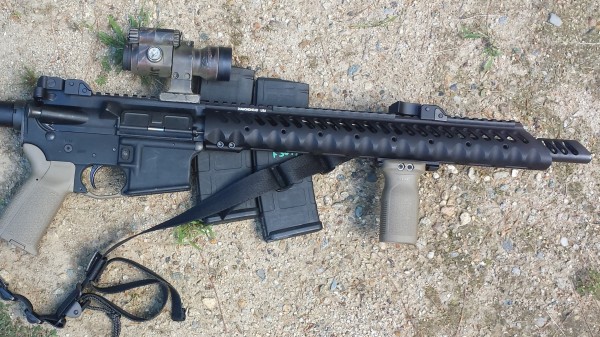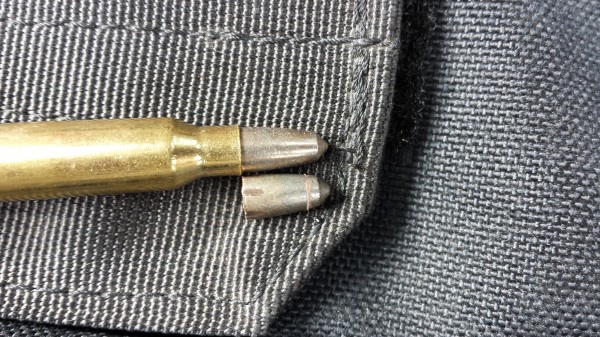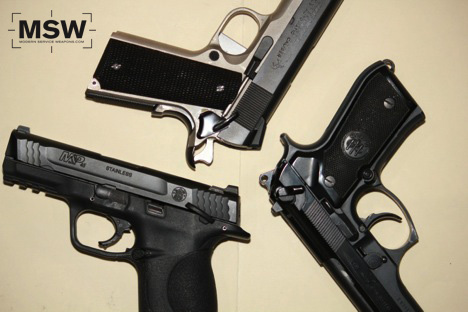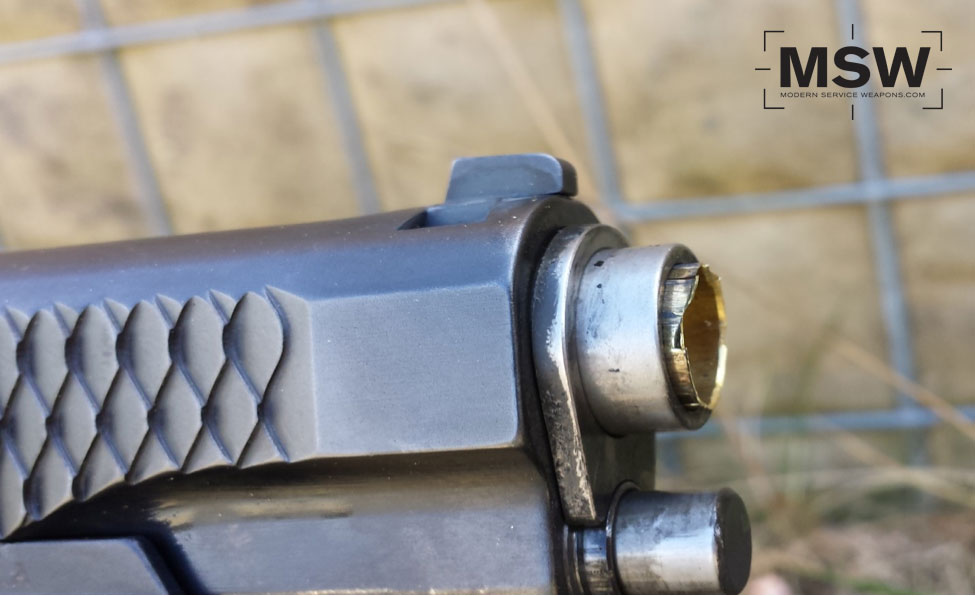I was recently introduced to the product line of Diamondhead USA by a teammate. I was really drawn to the VRS-T rail so I decided to set up one of my older 14.5” Colt uppers with a 13.5″ model and try it out. The rebuild also included their T-Brake and Diamondhead folding sight set. I was initially drawn to the VRS-T rail due to its triangular shape, which reminded me of my old M16A1. The rail is pretty slim and the scalloped cuts on the sides give a very comfortable and secure grip without being too aggressive to hands or gloves. The T-Brake was added at their suggestion. I’m not normally a muzzle brake or compensator fan but, I figured there was no harm in giving it a try. Installation of the rail was pretty straight forward although it does require a bit of skill and planning to do it yourself. The rail mounts to a proprietary barrel nut and also requires removal of the delta ring. Depending on length, you may also need a low profile gas block or cutting of your front sight base. The T-Brake installed easily and comes pre-drilled for pinning if that is needed for your situation. It is long enough that it will bring a 14.5” barrel over 16”. The profile is triangular and blends nicely with the VRS-T rail, making it aesthetically pleasing, if you are concerned by that kind of stuff. Continue reading
Author Archives: Doug Flavin
Situational Awareness at the Range
People are often prone to advocate that we should do everything in training exactly as we would do it “for real.” And in the vast majority of instances, I believe their argument has merit. However, we need to adjust our behavior sometimes based on safety concerns, range limitations, and other less than real factors, such as training ammunition. Frangible ammunition has been discussed here in the past but I am here to give you another example of how we need to be attentive at the range. The photo above shows a comparison photo of the front portion of a frangible round that was recovered from a shooter’s AR style rifle. Yes, the rifle type is important here. Continue reading
Thumb Safeties on Pistols: Thumbs Up or Thumbs Down?
The question is not meant to have a definitive answer. The answer will depend on your own use and experience. I wish only to offer some thoughts on the matter. The arguments on the thumbs down side usually lean towards users not wanting to have any obstacles to overcome when they need to fire in whatever high stress scenario they can imagine. The arguments on the thumbs up side tend to lean towards the user desiring some additional layer of protection from an unauthorized user being able to fire, and either thwarting their attempt completely or merely giving the owner time to react to the attempt. Being that this article is being presented on Modern Service Weapons, my thoughts are geared towards those who use pistols as just that, service weapons. Continue reading
1911 Maintenance: The Plunger Tube
One of the potential weak points on a 1911 pistol is the plunger tube. Shortfalls in either materials or workmanship (usually workmanship) can lead to the plunger tube becoming loose in the frame, or even completely falling out of the frame. The latter tends not to happen, since the grip panel will usually hold it in place. Continue reading
An Unexpected Range Lesson
As you can probably tell from the photo above, something is very wrong here. What you see is a .40 caliber case that almost made it out of a .45 caliber barrel. What you cannot see is the .45 bullet that is lodged in the barrel behind the .40 case. Continue reading







